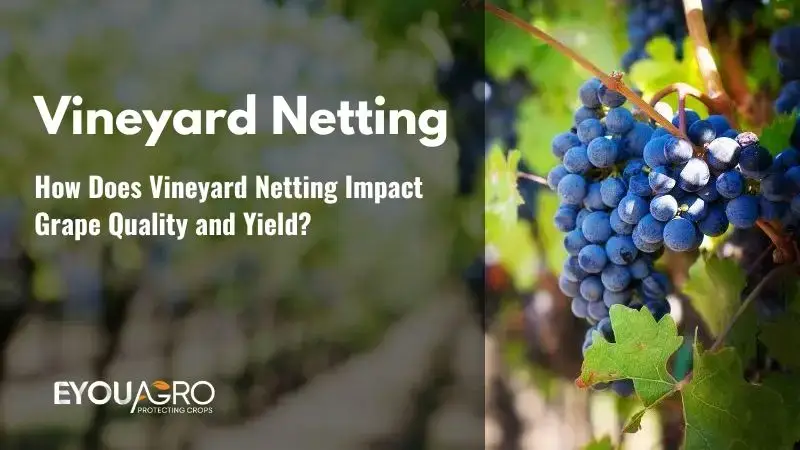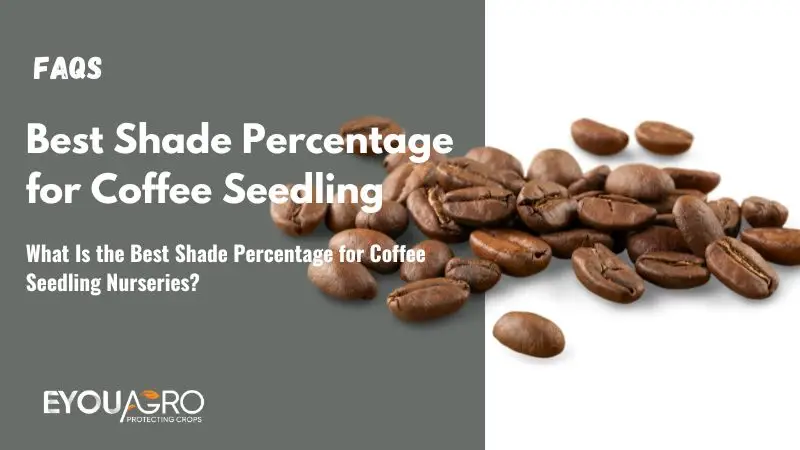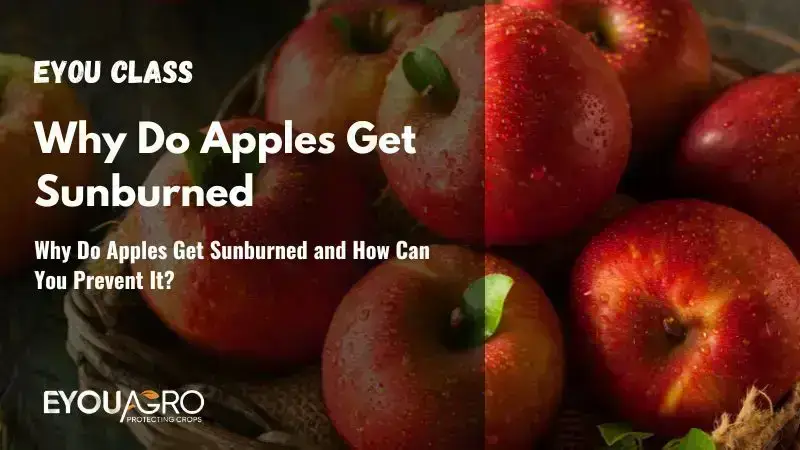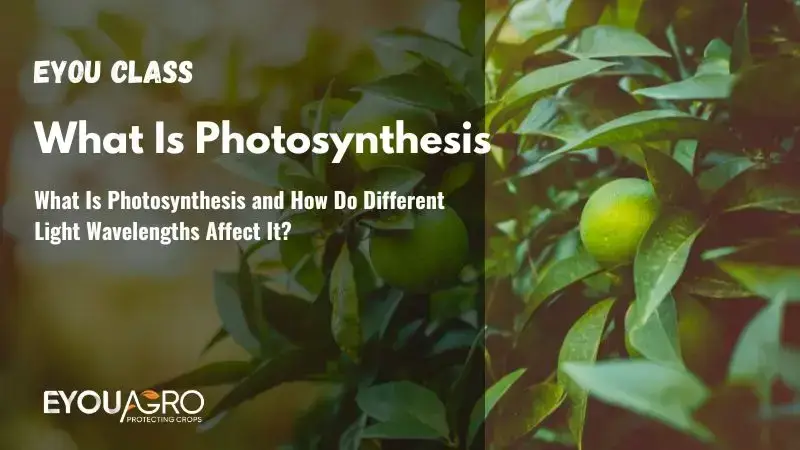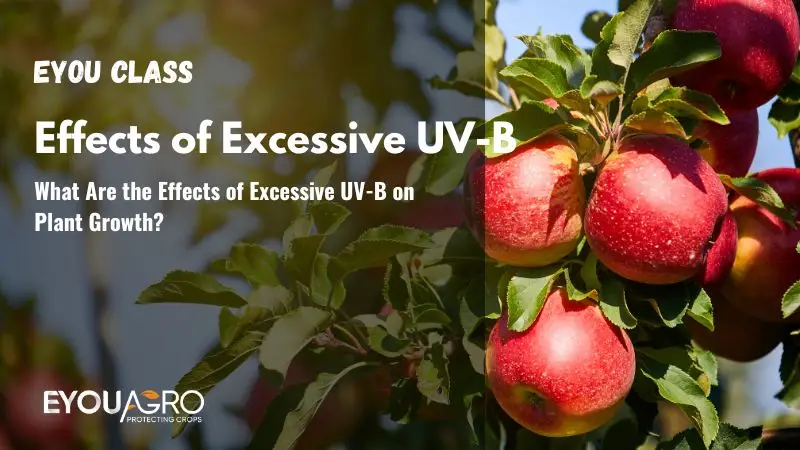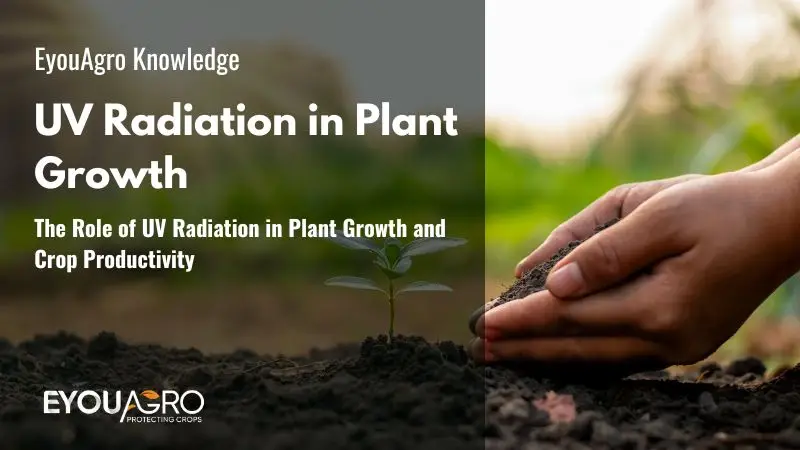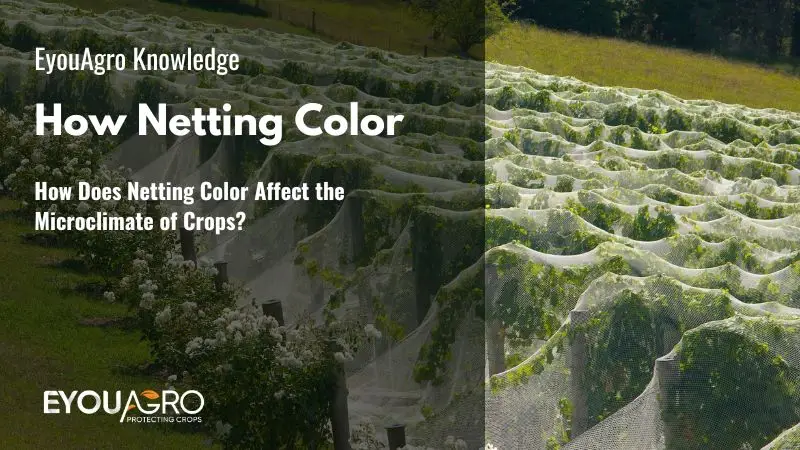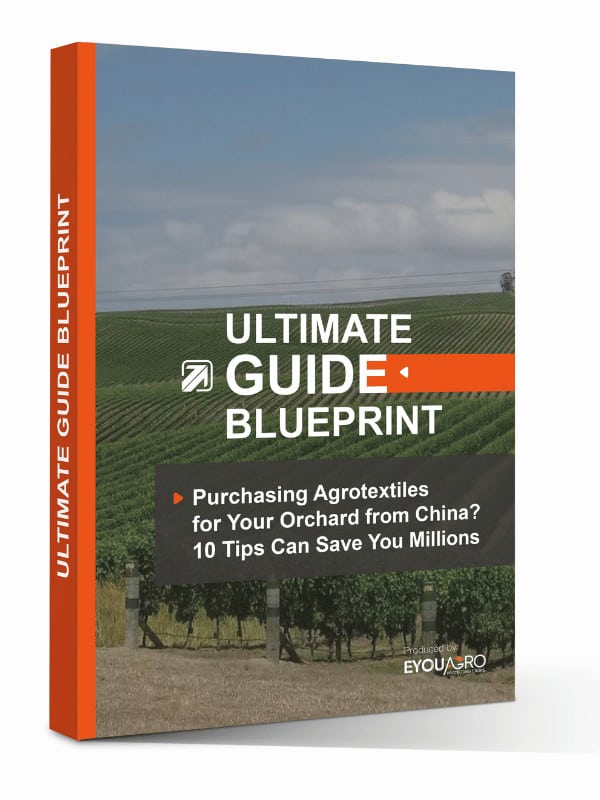Vineyard netting is an essential tool for grape growers to protect their crops and optimize the quality of their grapes.
Its primary function is to act as a physical barrier against pests and other environmental factors that could harm vines and fruit.
Beyond protection, vineyard netting also significantly modifies the microclimate around the vines, influencing grape quality and yield.
How Does Vineyard Netting Impact Grape Quality and Yield?
Vineyard netting impacts grape quality and yield in several ways, making it a valuable investment for vineyard managers and wine producers.
Below are the key factors:
1.Protect Grapes from Pests

Vineyard netting effectively protects against birds and insects, which can cause physical damage to grapes and spread diseases.
Netting reduces the risk of pest-related damage, ensuring the grapes maintain their quality and integrity throughout the growing season.
2. Modify the Microclimate Around Grapes
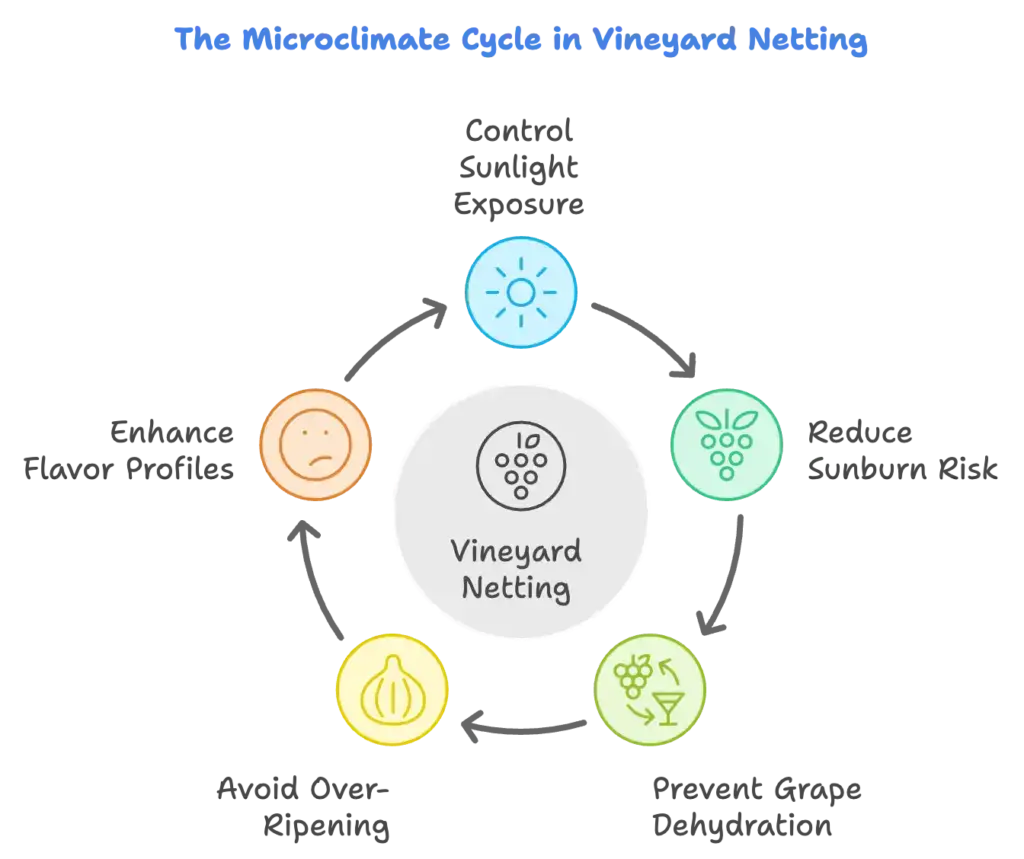
Netting also alters the microclimate around the vines.
For instance, shading nets can control sunlight exposure, which helps reduce sunburn and grape dehydration, especially in hot climates.
This protection prevents over-ripening and excessive sugar development, leading to better-balanced grape flavor profiles.
3. Affect the Chemical Composition of Grapes

The color of the netting can have a profound impact on the chemical composition of the grapes.
- Darker nets like black or red can delay ripening and increase anthocyanin levels, resulting in richer color and enhanced acidity.
- Lighter nets like white can promote early ripening and decrease acidity, giving winemakers more control over the final product’s flavor and complexity.
Scientific Basis
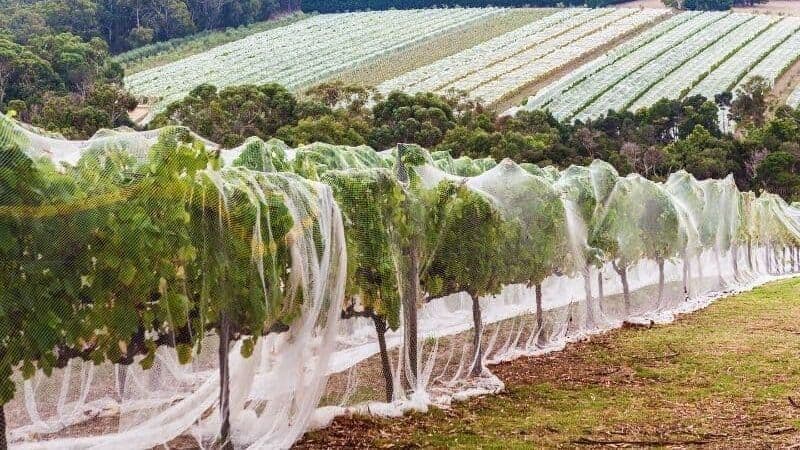
Several studies support the effectiveness of vineyard netting in improving grape quality and yield.
For example, research published in the American Journal of Enology and Viticulture shows that vineyard netting reduces bird damage by up to 90%, leading to better fruit integrity.
Another study in the Journal of Horticultural Science and Biotechnology confirms that netting can help maintain optimal growing conditions, even in harsh climates, by modifying light and temperature levels around the vines.
Recent research on ‘Jumeigui’ grapes has demonstrated that shading nets, primarily gray and blue, significantly alleviate heat stress, reduce premature leaf senescence, and maintain high fruit quality.
Gray nets showed superior cooling effects, with total soluble solids (TSS) levels exceeding 18 °Brix, indicative of high-quality grapes.
Conclusion

In summary, vineyard netting is a vital tool for improving grapes’ quality and yield.
Netting allows vineyard managers to produce healthier, higher-quality fruit by protecting the grapes from pests, adjusting the microclimate, and influencing their chemical makeup.
Implementing netting in a vineyard is a safeguard and a strategic approach to enhancing wine production outcomes.
Boost Your Vineyard’s Yield and Quality with the Right Netting!
Using high-quality vineyard netting protects grapes from birds and pests and enhances fruit quality and overall yield. At EyouAgro, we provide durable and effective netting solutions designed specifically for vineyards.
Ready to improve your grape quality and yield? Contact us today for expert advice and find the perfect netting solution for your vineyard.


